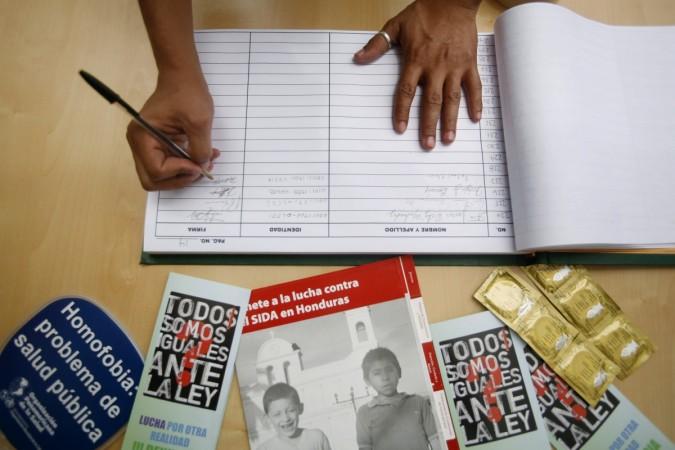
Consider your typical account-opening process in the offline world. You visit your bank, fill out application forms, self-attest a folder full of personal documents, sign the application, and then wait a few days or weeks to get your product. Now imagine this process in a fully digitized environment. You can submit your application and documents online. But how will you attest them and sign your application?
Enter e-Sign
An Aadhaar based electronic signature is a digitised, encrypted personalized identifier that can help execute agreements and close transactions. It is unique to you and therefore can't be replicated or imitated. The Aadhaar e-Sign is very convenient and useful in a digitized documentation process where a 'wet' signature will be of no use.
Legality
The legal recognition of electronic signature has been provided under Section 5 of the Information Technology Act 2000. The Central Government on the 27th January 2015 notified Electronic Signature or Electronic Authentication Technique and Procedure Rules, 2015, which inserted e-authentication technique using Aadhaar e-KYC services in the second schedule of the Information Technology Act 2000. The aforesaid rules ensure the validity of e-sign in India. Further, Section 47 A, 67 A, 73 A and 85 B of the Indian Evidence Act 1872 validate the authenticity of the Digital Signature/E-Signature. Also, the Negotiable Instruments (Amendment) Second Ordinance 2015 has given recognition to electronic signature while defining a 'cheque in electronic form'.
Benefits
It is costly and time-consuming for banks and financial institutions to manually collect and verify documents and signatures as they onboard a new customer. The customer, too, must wait for days or weeks to get the product he wants. In India, there are millions of people who live in geographies where it's not profitable for FIs to set up shop. But what if the FIs could reach these far-flung customers through their smartphones? Mobile-first customers now have an alternative to paper-backed forms of account opening and transacting. When people e-Sign on a mobile device, the signing experience becomes easier and more convenient, personal and accessible. Then, the customers can apply for a new account, submit and attest KYC documents electronically, and complete the process with an e-Sign. The whole process would be over in minutes.
Implications
In India, even by a conservative estimate, there are at least 700 million Indians who don't practice any form of banking. However, over a billion Indians have either a cell phone, or Aadhaar, or both. They can leverage the power of their cellphone and Aadhaar numbers and open bank accounts through e-KYC and e-Sign. This would then lead to them not just saving money, but also figuring out the benefits of investing, insuring, and borrowing. This would improve the financial health of their household. The economy would benefit from more people practising banking.
How To E-Sign
Aadhaar e-Sign is an online electronic signature service which can be integrated with service delivery applications via an open API to facilitate an Aadhaar holder to digitally sign a document. Using the authentication of the Aadhaar holder through Aadhaar e-KYC service, online electronic signature service can be easily facilitated. Aadhaar e-Sign is also available via smartphone apps. Giving customers the ability to e-Sign using their personal smartphone removes barriers and gives customers the freedom to choose how they will transact with banks. The Aadhaar e-Sign is also available on DigiLocker, the Government of India initiative. It allows users to upload, receive, store, e-Sign and share any documents online. DigiLocker today also enables a secure customer consent based sharing of digital documents (including but not limited to CBSE certificates, driver's license, LPG connection certificate, etc.) e-signed from issuers to requestors directly without any human intervention.
(The author is the General Counsel and Head of Compliance at BankBazaar. Views expressed in the article are personal.)










